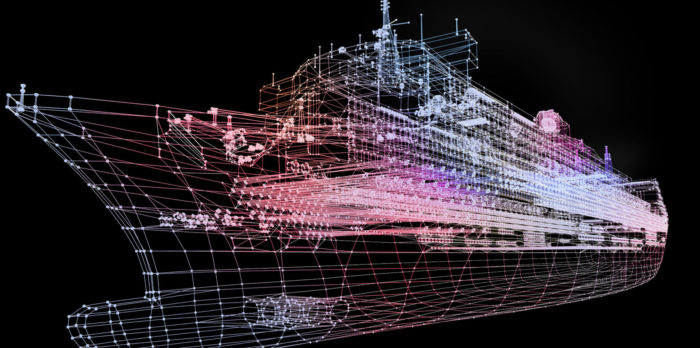Bureau Veritas, Naval Group and Dassault Systèmes announced that a 3D classification process has been applied to a naval vessel for the first time. This project aims to reduce the time and costs of design review and improve data accuracy and traceability.
The 3D classification process uses a 3D model to exchange digital information, improve collaboration and reduce the number of iterations in the classification design review process for approving a design.
[smlsubform prepend=”GET THE SAFETY4SEA IN YOUR INBOX!” showname=false emailtxt=”” emailholder=”Enter your email address” showsubmit=true submittxt=”Submit” jsthanks=false thankyou=”Thank you for subscribing to our mailing list”]
All comments and iterations can be tracked, acted upon, and reviewed in real time.
Commenting on the project, Matthieu de Tugny, COO, Bureau Veritas, Marine & Offshore, noted that 3D classification is able to limit the dependencyon 2D drawings in the design review process.
For his part, Alain Houard, Vice President, Marine & Offshore Industry, Dassault Systèmes, stated:
Today’s shipbuilders must deliver larger, more sophisticated vessels in order to stay competitive in the industry. 3D model-based classification offers a strategic advantage for meeting business challenges in quality, costs, lead time and engineering.
The 3D model integrates with the Bureau Veritas suite of modelling and calculation software tools.






























































